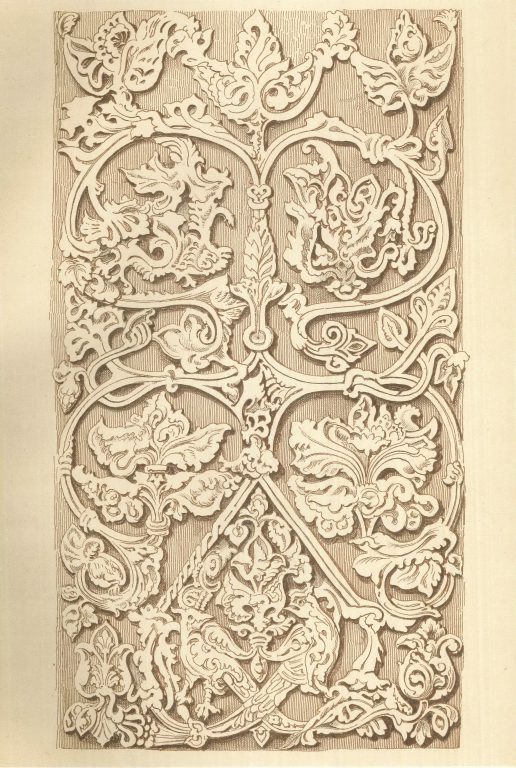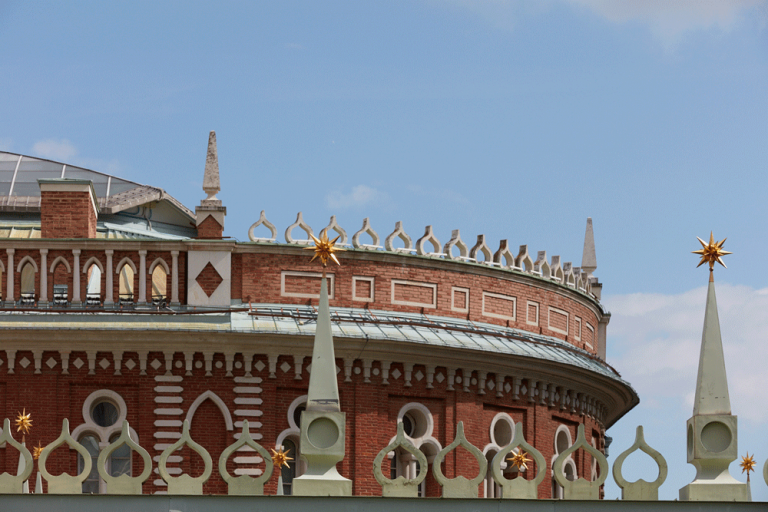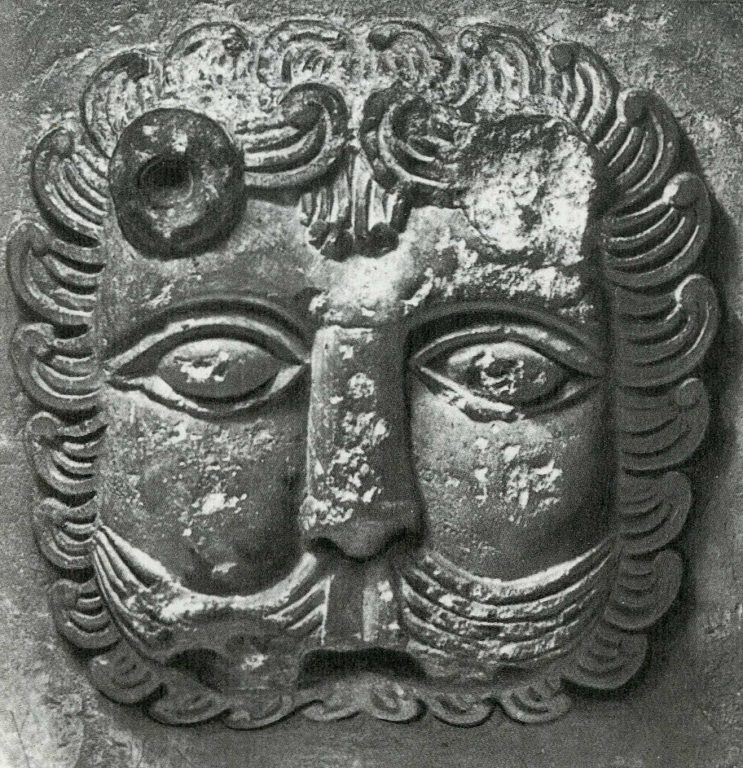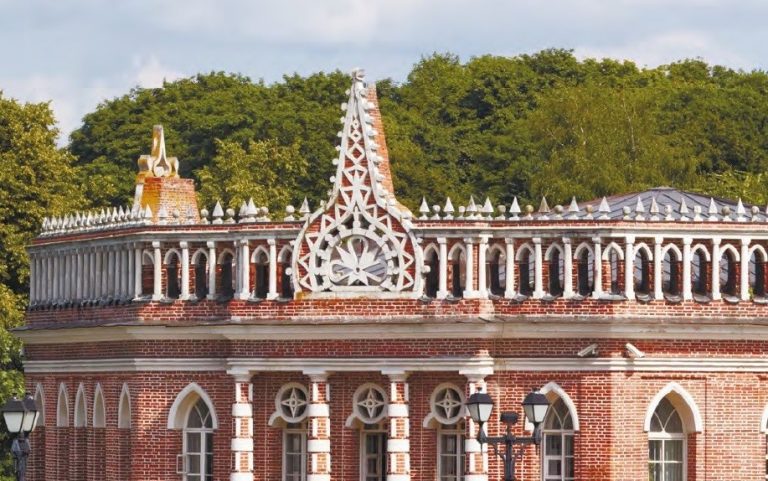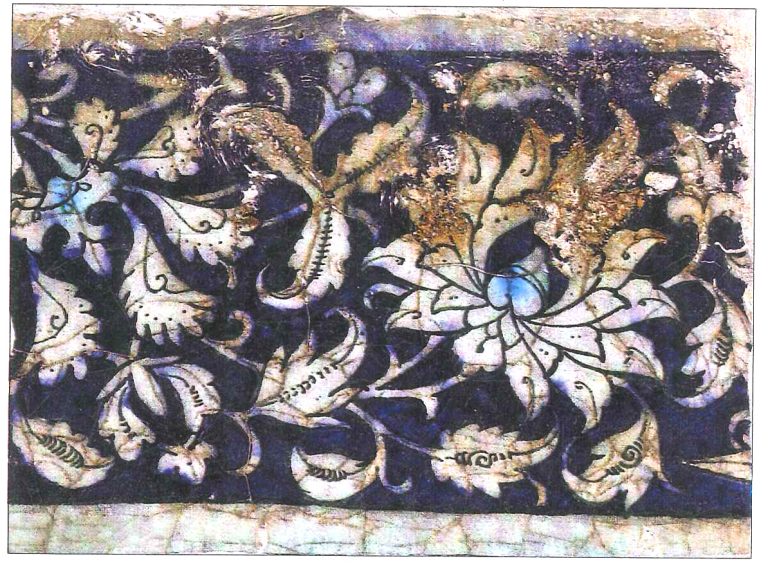

-
Objectmansion / palace decoration: Roundel
-
Type of arts & crafts
-
MediumStucco
-
SizeDiam. 42 in. (106.7 cm)
-
Geography details
Iraq -
Country today
-
Dateca. 6th century A.D.
-
CultureSasanian
-
PeriodSasanian
-
Type of sourceDatabase “Metropolitan Museum of Art”
-
Fund that the source refers toMetropolitan Museum of Art
-
Written sources describe the Taq-I Kisra, the winter palace of the Sasanian emperor Khusrau I (r. 531–79), as richly decorated with mosaics and stucco decorations. Numerous stucco reliefs were recovered from the excavations around the palace area including several roundels such as this piece. Excavation photographs show fragments of these large roundels in place as they were excavated, and it appears that they were originally placed between square posts and formed a balustrade. This roundel is pierced in the center and has decoration on both sides consisting of radiating palmettes and heart shaped leaves.
The city of Ctesiphon was located on the east bank of the Tigris River, 20 miles (32 km) south of modern Baghdad in Iraq. It flourished for more than 800 years as the capital of the Parthians and the Sasanians, the last two dynasties to rule the ancient Near East before the Islamic conquest in the seventh century. Systematic excavations in the Ctesiphon area were undertaken by an expedition in 1928–29 sponsored by the German Oriental Society (Deutsche Orient-Gesellschaft). The Metropolitan Museum of Art and the Staatliche Museen, Berlin, undertook a joint expedition for one season in 1931–32. Several excavations were conducted, including at the main palace (Taq-i Kisra), in a small fortified area south of the palace at Tell Dheheb, at multiple houses at the mounds of Ma’aridh, and at additional houses at a small mound called Umm ez-Za’tir.
The Ctesiphon area is most famous for the royal palace built by the Sasanian king Khusrau I (r. 531–79). Named Taq-i Kisra (“Throne of Khusrau”) its reception hall is known for its 84 foot (26m) high parabolic barrel vault. The palace was more than just the reception hall and the palace complex included numerous buildings. The Ctesiphon Expedition excavated near the reception hall, to the south at a large building used as a palace, or a religious building, and to the west at a complex with several water features. The palace complex was famous in contemporary texts for its elaborate stucco reliefs, mosaic decorations and lavish decorations such as silk carpets and precious stones.







